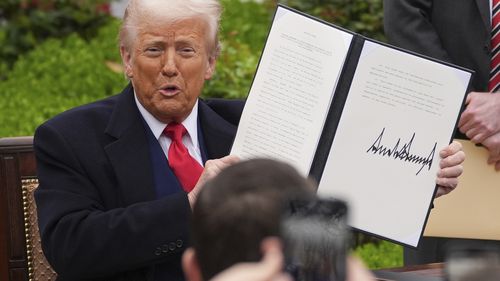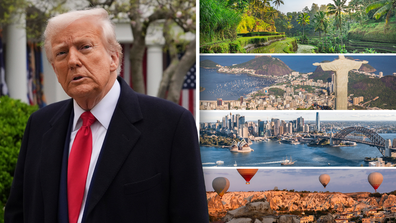Share this @internewscast.com
But the actual calculation the Trump administration used is not reciprocal at all.
Equally matching a country’s tariffs in monetary terms is an extremely challenging task, requiring a thorough examination of each nation’s tariff list and aligning a diverse range of products, where each item is subject to a different rate for its various versions.

But it was no such thing.
“Even though these latest tariff actions are described as ‘reciprocal’ tariffs, the reality is that the strategy is focused on surplus targeting,” observed Mike O’Rourke, the chief marketing strategist at Jones Trading, in a recent update to investors.
“There does not appear to have been any tariffs used in the calculation of the rate.
He further mentioned that the Trump administration is specifically focusing on countries that have large trade surpluses with the U.S. in comparison to what they export to America.

The full list of Trump’s ‘reciprocal’ tariffs
The simple calculation used by the Trump administration could have broad implications for countries America depends on for goods – and the global companies that supply them.
“Knowing how these rates were calculated highlights that they are generally going to be most severe on the nations that US companies rely heavily upon in their supply chain,” O’Rourke said.
“It is hard to imagine how these tariffs would not wreak havoc upon the profit margins of major multinational corporations.”















